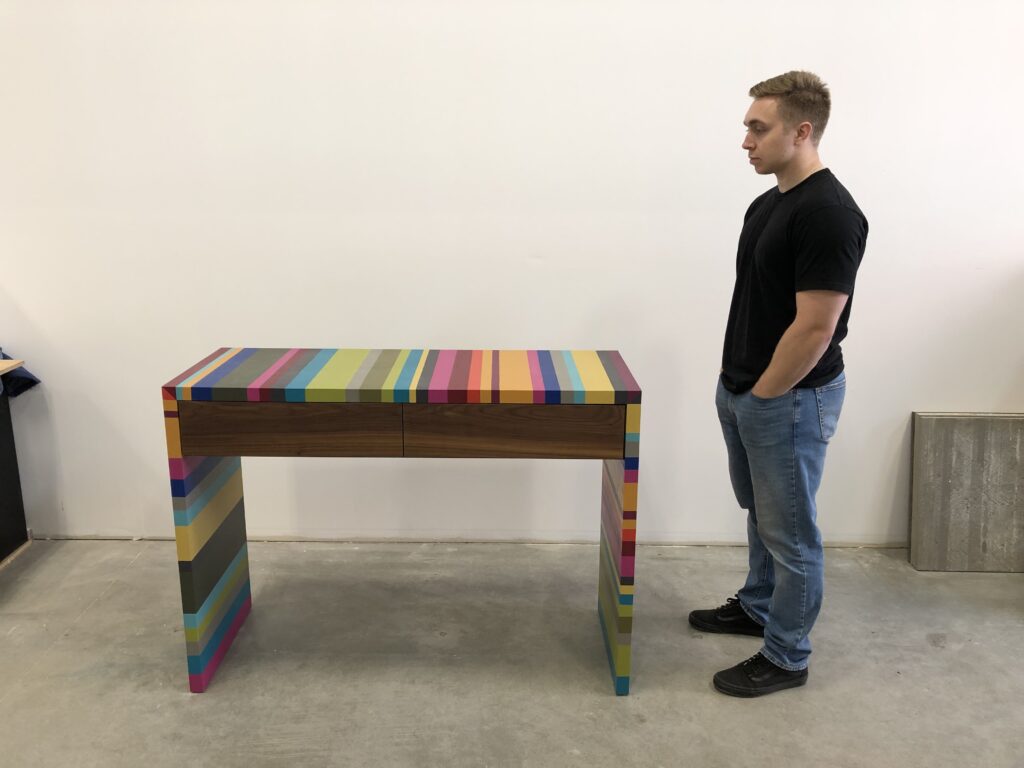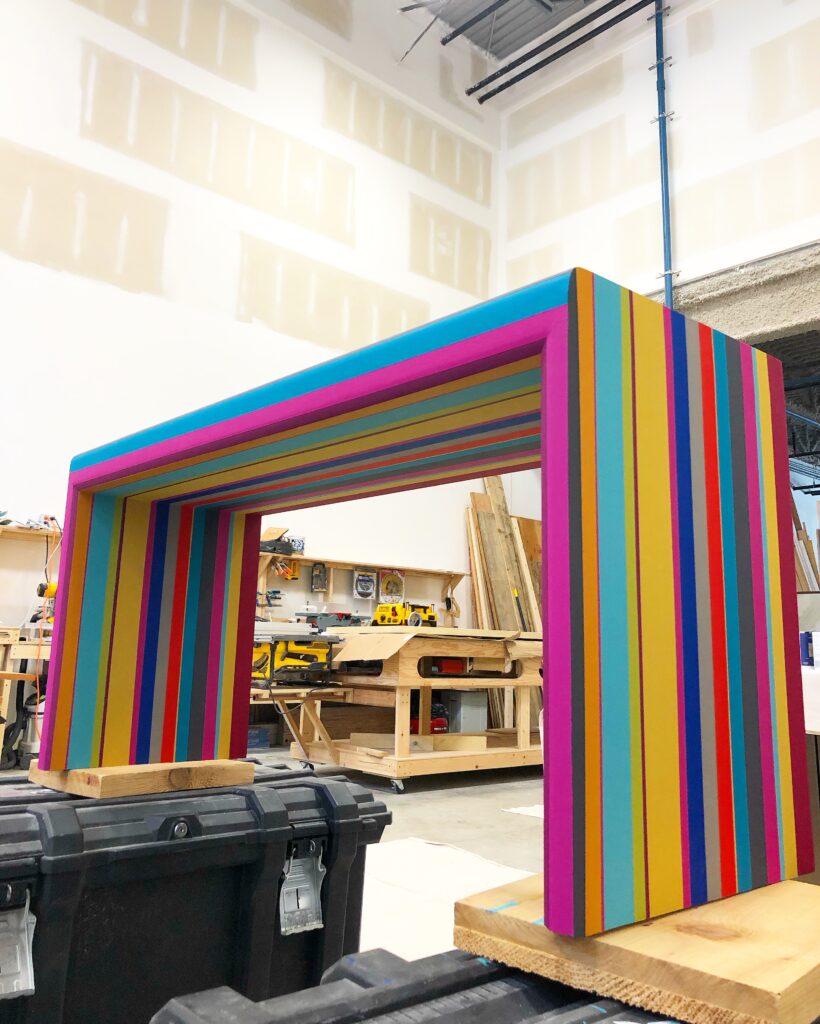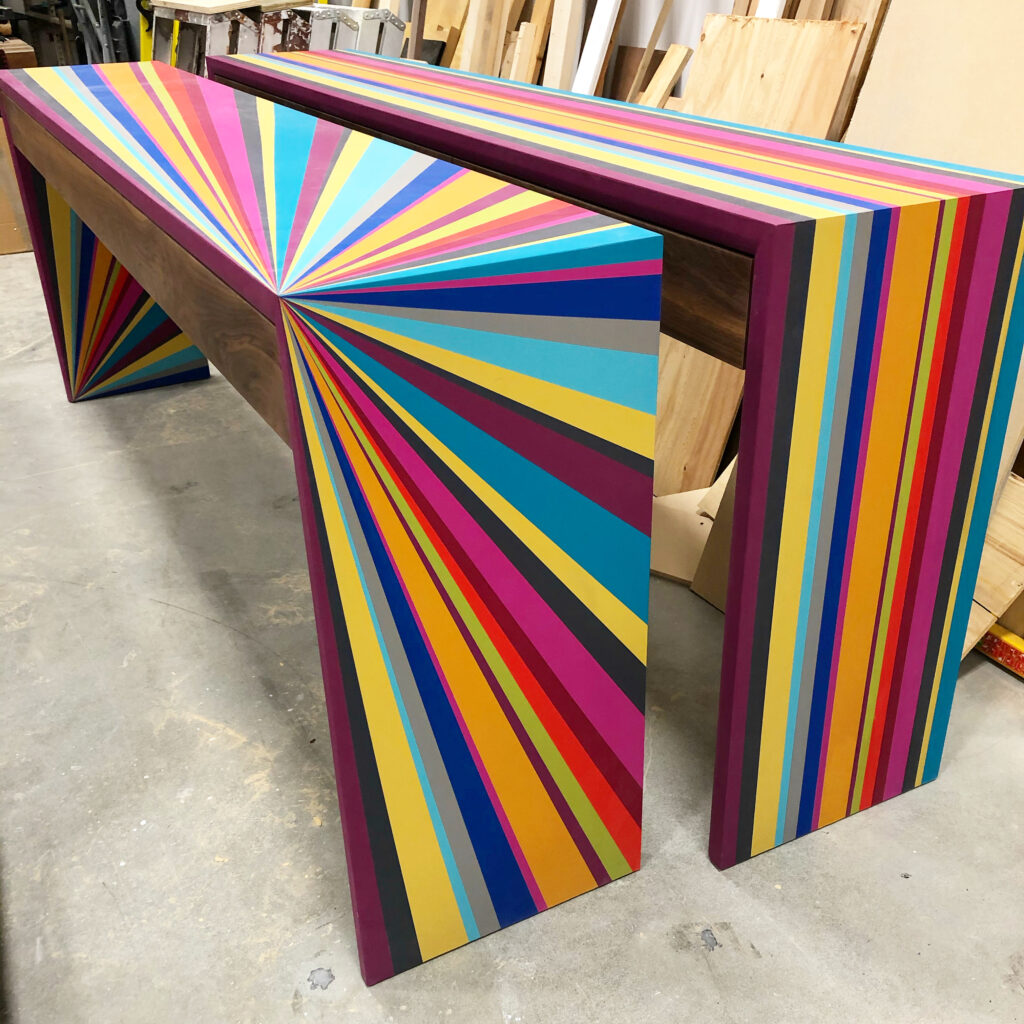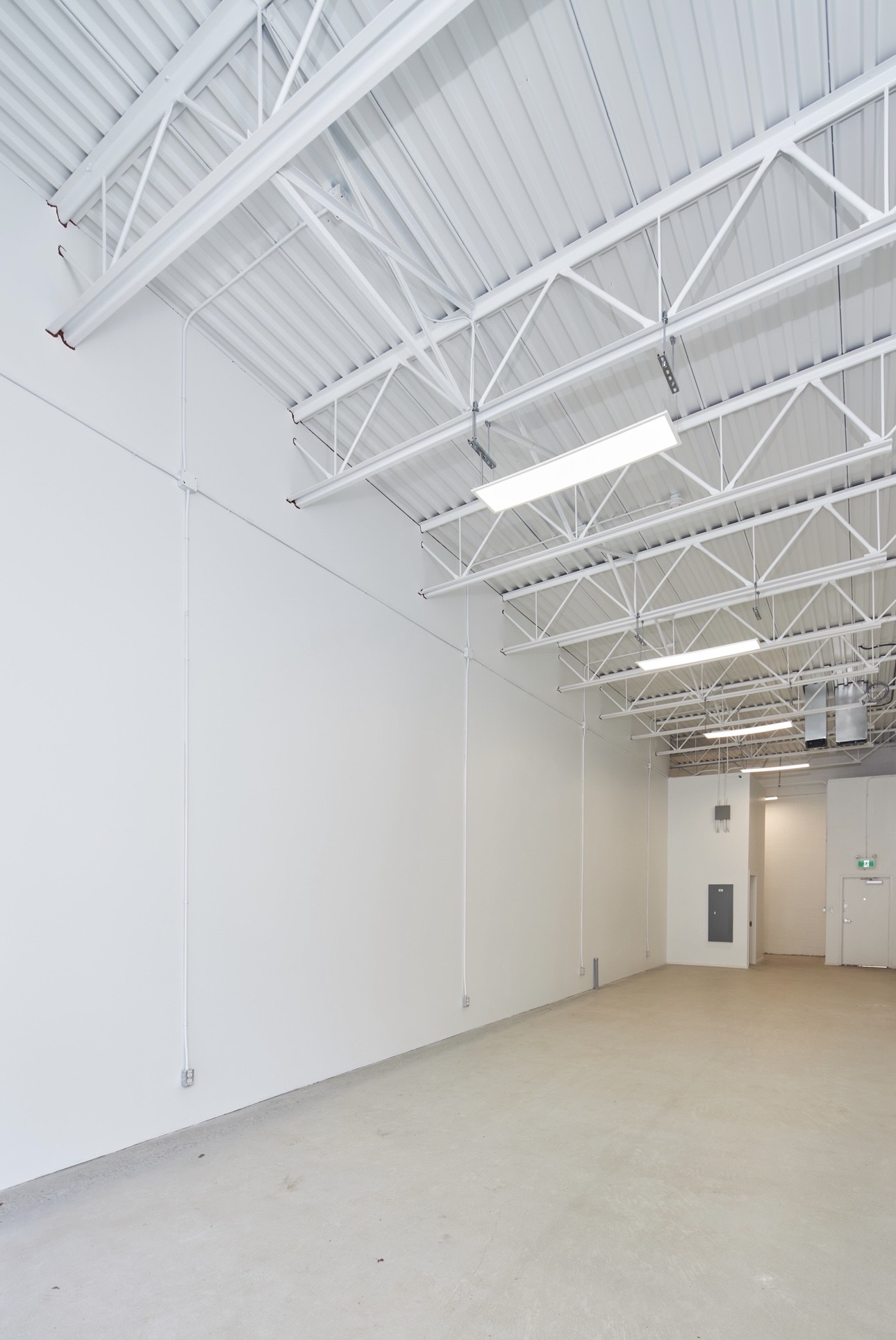Costo Construction is Your Sustainable Workplace Partner
The Sustainable Workplace: Building a Greener Future for Employees, Customers, and the Planet

In today’s rapidly evolving business landscape, sustainability has moved from a optional consideration to a fundamental component of successful enterprise strategies. The sustainable workplace is no longer just about reducing environmental impact; it’s about creating a thriving, attractive environment that benefits employees, draws in conscientious customers, and delivers long-term financial returns. As organizations seek to align their operations with global sustainability goals, the concept of a sustainable workplace becomes central to attracting talent, enhancing brand loyalty, and achieving a positive ROI — especially as buildings move closer to net zero energy consumption.
This article explores the many facets of the sustainable workplace, including how green building practices attract and retain top talent, how they influence customer perception, and how the ROI of sustainable buildings becomes increasingly positive as they approach net zero. We will also highlight innovative sustainable build-out techniques, the role of organizations like Costo Construction, and inspiring examples of circular economy initiatives that demonstrate the power of sustainable practices in the modern workplace.
Why the Sustainable Workplace Matters
Attracting and Retaining Talent
In today’s competitive labor market, companies are increasingly judged not only by their products or services but also by their commitment to sustainability. According to a report by Grovesnor, businesses with sustainable buildings are more successful in attracting and retaining high-quality employees. Sustainable workplaces tend to foster healthier environments, improve employee well-being, and promote a sense of purpose among staff — factors that contribute to higher job satisfaction and lower turnover rates.
A sustainable workplace often features better air quality, natural lighting, and eco-friendly amenities, which have been linked to increased productivity and reduced absenteeism (Grovesnor, 2021). Millennials and Generation Z, in particular, prioritize environmental responsibility when choosing employers. Implementing green building practices signals that a company values social responsibility and environmental stewardship, making it more appealing to prospective employees.
Impact on Customers and Brand Loyalty
Consumers are increasingly making purchasing decisions based on a company’s sustainability credentials. A sustainable office environment can serve as a tangible demonstration of a brand’s commitment to environmental responsibility, thereby attracting eco-conscious clients and customers. According to Grovesnor, companies that invest in sustainable buildings often see a boost in customer loyalty, as their physical spaces reflect their values.
The ROI of Sustainable Buildings
One of the most compelling reasons for investing in a sustainable workplace is the strong return on investment. As buildings approach net zero energy consumption, operational costs decrease significantly, leading to substantial savings over time. Research indicates that the closer a building gets to net zero, the more positive the ROI becomes, with some studies citing up to a 20-30% reduction in energy and maintenance costs (Grovesnor, 2021).
Furthermore, sustainable buildings often qualify for various incentives, tax credits, and grants that offset initial build-out costs. Enhanced employee productivity and reduced absenteeism add further economic benefits, making the sustainable workplace a highly profitable endeavor in the long term.
Building a Sustainable Workplace: Techniques and Methods
Creating a truly sustainable workplace involves thoughtful design, innovative construction techniques, and ongoing operational practices. Here are some common green office space build-out techniques:
- Green Roofs and Living Walls
Green roofs and living walls improve insulation, reduce heat island effects, and promote biodiversity. They also provide aesthetic benefits and improve air quality within the workspace.
- High-Performance Insulation and Windows
Using high-performance insulation and ENERGY STAR-rated windows reduces energy consumption for heating and cooling, contributing to a building’s journey toward net zero.
- Solar Power and Renewable Energy Integration
Installing solar panels or other renewable energy systems allows buildings to generate their own power, decreasing reliance on fossil fuels.
- Water Conservation Technologies
Low-flow fixtures, rainwater harvesting systems, and gray water recycling help reduce water consumption and promote resource efficiency.
- Use of Sustainable Materials
Selecting recycled, locally sourced, and low-VOC (volatile organic compounds) materials minimizes environmental impact and enhances indoor air quality.
- Smart Building Technologies
Automation systems that optimize lighting, heating, and cooling based on occupancy patterns improve energy efficiency and reduce waste.
- Landfill Diversion, Recycling, Donation, and Upcycling
Organizations like Costo Construction emphasize landfill diversion by prioritizing recycling and composting during construction and renovation projects. Donation and upcycling initiatives are integral to our sustainability ethos, ensuring materials are reused rather than discarded.
Costo Construction: Leading the Way in Sustainable Building Practices
At Costo Construction, sustainability is embedded in our core values. We are proud to be trained in LEED (Leadership in Energy and Environmental Design) practices, which set the standard for green building certification. Our team is an active member of the U.S. Green Building Council (USGBC), advocating for environmentally responsible construction and renovation practices.
Sustainable Renovations and Landfill Diversion
Our approach emphasizes reducing waste and promoting reuse. We have implemented comprehensive landfill diversion programs, recycling construction debris, and donating reusable materials whenever possible. For example, we recently transformed 30 solid core wood doors into custom art furniture pieces crafted by local artisans in our shop. These unique items were then donated to the United Way, representing a full circle of sustainability — from repurposing surplus materials to supporting community causes.

Upcycling and Community Engagement
Our upcycling initiatives extend beyond furniture. We actively seek opportunities to donate surplus materials and repurpose items to reduce waste and support local communities. This commitment not only minimizes environmental impact but also fosters strong community relations.
Educating and Inspiring Change
As advocates for sustainable renovations, we regularly train our staff and clients on best practices, ensuring that every project aligns with LEED standards. Our goal is to promote a culture of sustainability across all aspects of construction and renovation.
The Power of Circular Economy Initiatives
The example of our furniture project reflects the broader potential of circular economy principles in the sustainable workplace. By rethinking material use and emphasizing reuse, companies can significantly lower their environmental footprint while fostering creativity and community engagement.
Full Circle Sustainability: The Art Furniture Project
Using 30 solid core wood doors that we pulled from a renovation project, we partnered with local artisans to craft one-of-a-kind furniture pieces. These pieces were then donated to the United Way, supporting local causes and demonstrating how sustainable practices can benefit society at large. This project exemplifies how sustainable renovations can be innovative, community-oriented, and impactful.

The Future of the Sustainable Workplace
As technology advances and climate challenges intensify, the importance of the sustainable workplace will only grow. Buildings that incorporate renewable energy, smart systems, and eco-friendly materials will become the norm, not the exception. The ROI of these investments will continue to improve as operational costs decrease and brand reputation strengthens.
Furthermore, organizations that prioritize sustainability in their physical spaces will be better positioned to attract top talent, enhance customer loyalty, and contribute positively to the planet. The closer a building gets to net zero, the more it becomes a powerful asset — not just environmentally but also economically and socially. https://costoconstruction.com/sustainability/
Conclusion
The sustainable workplace is a vital component of modern business strategy, offering tangible benefits for companies, employees, communities, and the environment. From innovative build-out techniques to circular economy initiatives, sustainable practices are transforming the way we design, construct, and operate office spaces.
Organizations like Costo Construction exemplify leadership in this movement, demonstrating that sustainability and profitability are not mutually exclusive. Our commitment to LEED practices, landfill diversion, recycling, donation, and upcycling underscores our dedication to creating workplaces that are truly sustainable — for today and for generations to come.
By embracing the principles of the sustainable workplace, businesses can unlock new opportunities, foster healthier environments, and help build a more resilient and sustainable future.

External Sources and References
Grovesnor, J. (2021). The Business Case for Sustainable Buildings. Grovesnor Publishing.https://www.grovesnor.com/research/business-case-sustainable-buildings
U.S. Green Building Council (USGBC). LEED Certification. https://www.usgbc.org/leed
Environmental Protection Agency (EPA). Water Efficiency in Buildings. https://www.epa.gov/watersense/your-home

